Inside the lab that doubles as a meeting room, I am heady with the aroma of coffee beans. I close my eyes for a moment and take it all in. Sitting beside me, is the coffee man himself, Toby Smith. And we’re sharing a pot of filtered Kenyan Kithira.I resist the urge to tell him that every day for the last four years, I have been waking up to… Toby’s.
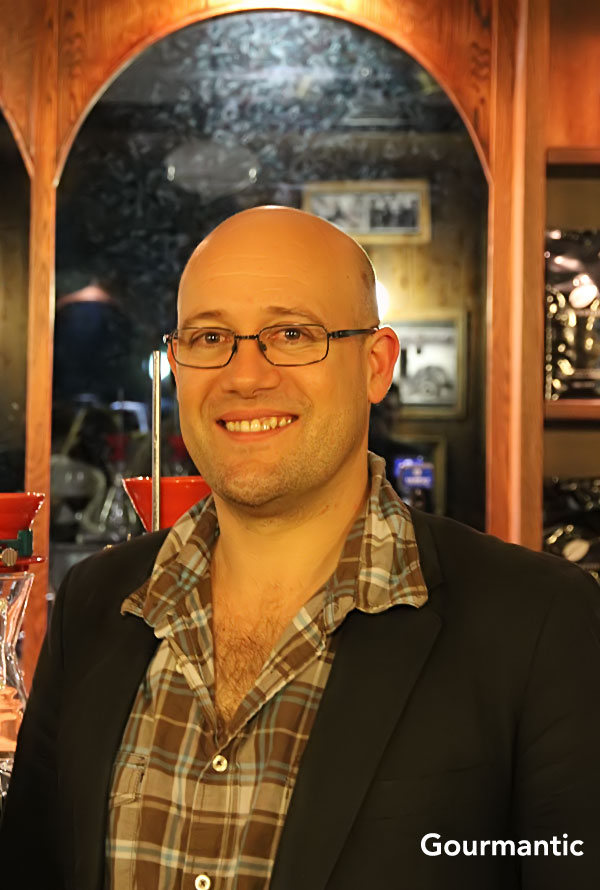
I first met Toby Smith at the double launch of his book Coffee Trails and his new Bay Street café on Broadway. After a brief conversation, I was interested in learning more about the man who started in his mother’s garage and founded a coffee empire.
~ ~ ~
Corinne: Tell me a little about yourself, where you were born and where you grew up.
Toby Smith: I was born in Sydney at the old Paddington Women’s Hospital, which are now terraces. We moved to Cooma where dad owned a couple of hotels back to Sydney. I travelled a bit with my parents to Europe. When I was 12, my mother and her partner moved to the Dordogne in the South West of France. I spent a couple of years there then returned to Sydney. I went to San Francisco with my father for a year, then came back to school here. And after I left school, I did a year of travel and came back to university to finish a degree in Law and languages.
C: What languages do you speak?
T: Latin-based languages, French, Spanish, Portuguese. I’m probably better at Portuguese now.
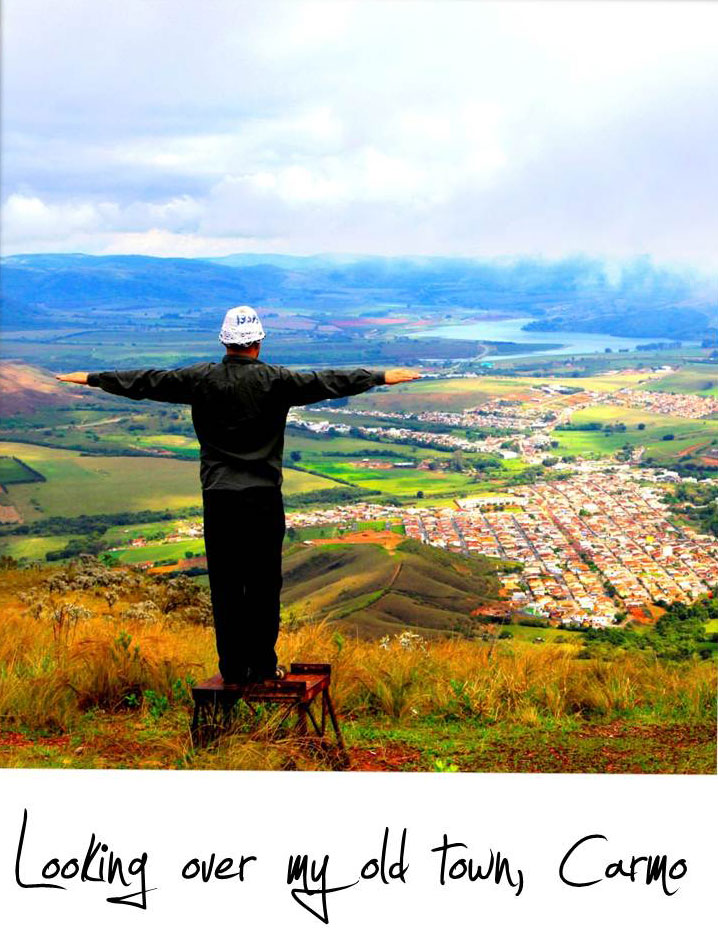
C: How did you come to fall in love with coffee?
T: Coffee has played a part in my life for some time. It’s not that I was just a drinker. I was interested in how it is grown and roasted. In the later part of my schooling, my mother opened a café at Pyrmont and I realised that wherever I would go, I’d run into the smell of coffee and want to go and check it out. At that time there wasn’t much around. When I decided to learn more about coffee, it was more experimental.
C: Was it difficult for you to leave law?
T: I decided food was my thing and I wanted to do more with it. I found an opportunity to go to Brazil. I went for a couple of months and ended up staying for a year! There I learned so much about coffee, cupping and how it’s grown. It was a massive learning curve for a year.
C: How did the small family business start?
T: Dad suggested it after I came back from Brazil. He said, you should go into business with me and we should start roasting. He introduced my sister into the business. My father is still the chairman of the company. I bought my sister out of the business recently and she’s back into her career in arts. Roger is still here as part time chairman.
C: You describe yourself as a garage roaster, starting in your mum’s garage in Woolloomooloo. Can you tell me a little about that time?
T: Looking back, it was a matter of purchasing a 5 kg roaster and finding somewhere to put it. My mother had this old cottage with a garage and garden next to it. So I thought what a perfect spot to put the roaster and build an outdoor pergola and espresso machine and I can do tastings and appreciation classes.
At the same time, we’d be selling coffee at Pyrmont Growers Market and interacting with what was then a very hungry consumer looking for gourmet food and coffee. In a way, it was a renaissance of food with outdoor markets.
C: They seem like special times…
T: It was special times when you look back. There was a little door in the laneway. People used to come in and say “I’m here to buy some beans”. It was a funny setting to start a business but I still run into people from back then.
C: Were you always called Toby’s Estate?
T: No. We used to put a sticker on the back of the coffee, “Toby’s”. I’d get on the bike and deliver it. My father said, “You can’t call it Toby’s coffee. You’re buying coffee from an estate in Brazil, so it should be Toby’s Estate.” That’s how the name came about. Then good friends from school helped me with the design of the label as long as they get free coffee for life – that was the deal!
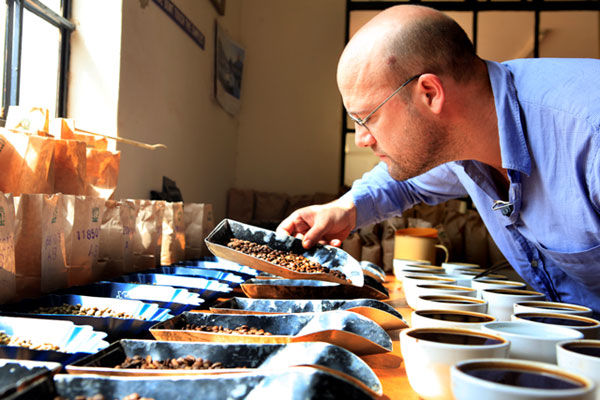
C: How did the idea for the book Coffee Trails come about?
T: When I started my interest in coffee, a unique coffee book was quite a rare thing to find. Sure, I found plenty on simple tips for brewing, where coffee comes from, basics and coffee recipes. I wanted to understand more about the origins of coffee, the countries, the cultures, the processes they used in farming, the farmer and tips about growing it.
But not just in words. A lot of it is a visual experience. I would come back from trips with average photos and some stories, and a lot of my staff would say to me I should put it in a book or the website. I decided I needed a professional photographer. I knew Garrett Robinson, who’s a freelance photographer friend, and I proposed to him to come with me for 1-2 weeks at a time.
Along with the photos, I had the vision of the coffee trail, starting where it originated from Ethiopia then around the globe, trying to pick up a different slant and different flavour profile on coffee with each chapter/country. Then I mapped out the trail…
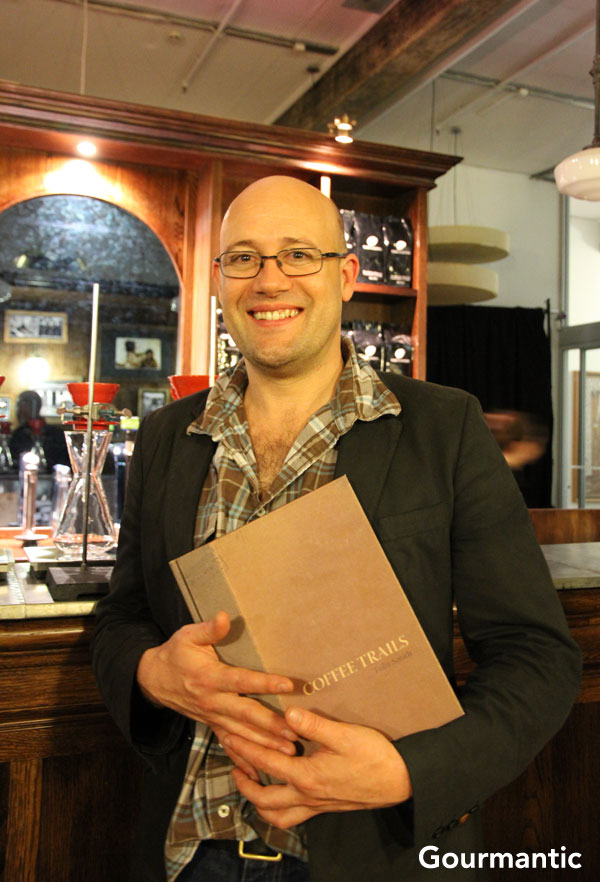
C: For someone unfamiliar with your book, how would you sum it up?
T: It’s a celebration of coffee and the unique farmers and characteristics from farming into the flavours of the cup. The only disappointing thing about the book is that we couldn’t have it double the size with more photographs!
C: In the introduction to your book, you mention that your quest for this adventure has been brewing for more than 20 years, when you first tasted Ethiopia’s coffee bean Yirgacheffe. Can you tell me a little about that moment and what it meant for you.
T: Yirgacheffe stood out as the most distinctive floral styles of coffee. When I first discovered floral notes, it was surprising. Generally one associates coffee flavours as nutty, but to have the aromatics and flavours, it made me go… “wow”. Then I started talking to the person I bought it from and discovered a whole new world that existed. I thought there’s more to coffee than what I thought. I always wanted to go to Yirgacheffe, but I kept putting off my trip to Ethiopia so it coincided with the first trip in the book. That was a nice moment.
C: During your Coffee Trail which took you around several continents, you also travelled to Yemen. What was unique about your visit there?
T: Yemen was mind-blowing. There are the obvious cultural differences that I hadn’t experienced before of course. The landscape where the coffee grows is dry and rocky yet they have very unique stone terraces where they grow coffee. They only do dry process. It’s a very old coffee country and they’ve been doing it for centuries. New world coffees are introducing new varieties but they’ve got their ways. It’s old and it works. They’re one of the origins of coffee and there’s no need to change it.
C: What is your favourite part of the book?
T: Ethiopia is definitely one of my favourite countries for coffee. It has incredible variety and character. It’s very hard to replicate anywhere else in the world. It’s the home to all those varieties of coffee trees that were exported to other parts of the world. It’s about the history and the unique character.
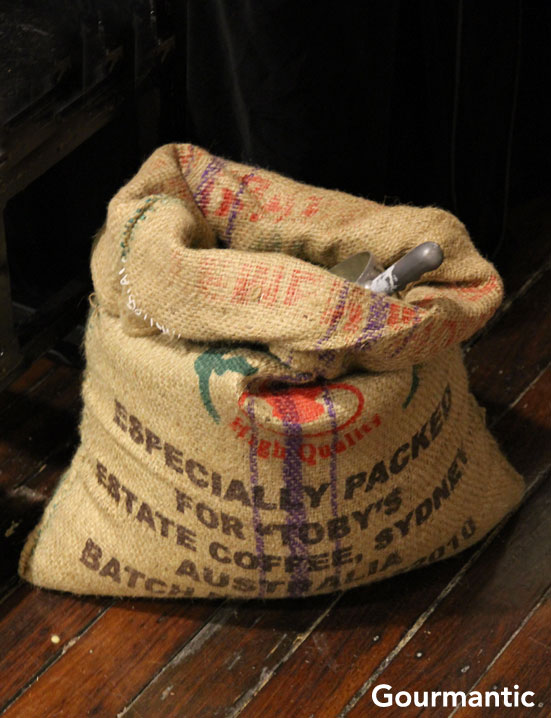
C: Is this the part you enjoyed writing the most?
T: It was in a lot of ways my favourite chapter and experience. Also, it was a great experience to be there with the photographer and watch his face lighten up when we first had a table with a variety of Ethiopian coffees: floral notes, cocoa notes, blueberries… it was great to see someone else in the world get wrapped about coffee.
C: How would you describe yourself?
T: [laughs] – Very handsome! [rubs chin] Good question… I guess I’m pretty easy going but I have my moments. I’m relaxed in some environments but quite pedantic in others. I’m a true Virgo, I’ve been told…
C: Who has been an influence or a source of inspiration to you?
T: My parents. They’ve helped me with my business and where I am now. They’ve given me a lot of world experiences and good education. They’re two different people but each contributed to who I am. Also, I learnt a lot from my good friends. I’ve got some old friendships… even if it cost me a lifetime supply of coffee! [laughs]
C: What do you do to relax?
T: I like walking. Travelling for me is relaxing. I relax at home with my daughters. They’re almost six now. I enjoy being with friends, eating and cooking. I like growing vegetables
C: What is your favourite style of coffee?
T: Probably black filtered coffee, plain light roasted. I can drink that all day. I like the odd espresso as well. Coffee for me is black.
C: If you’re not drinking coffee, what do you have?
T: If it’s tea, I drink Oolongs. I like beer every now and then, wine, single malt whiskies.
C: Any favourite single malts?
T: [laughs] There’s always a new favourite! I had Laphroaig recently and I liked it. I never used to like rum before but I enjoy Appleton Jamaican Rum. It’s very smooth, it hits the spot. Whenever I have single malt I think about having a cigar with it, but I never do. [laughs] It gets me into all sorts of trouble!
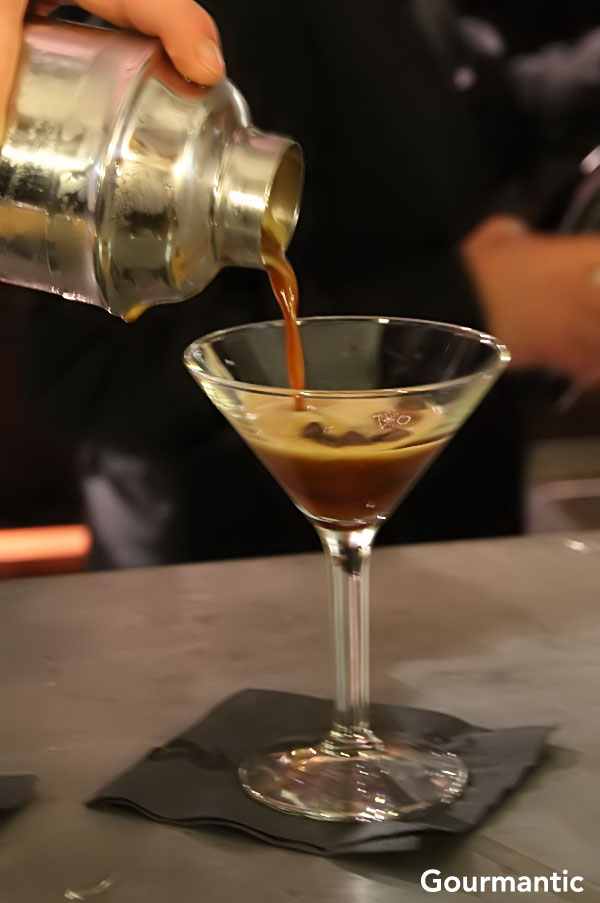
C: Do you have a favourite coffee-based cocktail or desserts you enjoy?
T: Yeah… the Espresso Martini. Did you taste that at the book launch? [I nod] We created this delicate one in Singapore using filtered coffee. It was so good.
I once made chocolate coffee gravy. It actually worked! I put coffee, chocolate and blueberry jam, I reduced it with beef reduction and put some truffles in it. It was nice! [laughs] I don’t know if it was all the coffee or all the stuff I put in it!!
C: What is your opinion of the Sydney coffee scene at the moment?
T: It has incredible momentum and energy as the whole of Australia in many different ways. Cafés have improved so much and the level of coffee has improved and the level of variety of methods of brewing is expanding. There’s a lot more respect between consumer and barista now, and what part they play in making the coffee. Overall, I think Sydney has a lot of respect for coffee now. I think we’re very fortunate to have the coffee scene we have, not just in Sydney but all over Australia and regional areas.
C: In Australia, we’re becoming more and more sophisticated when it comes to the coffee we drink. Why do you think this is the case?
T: The whole world over is a lot more curious. There’s a lot more on television and cooking shows, food safaris and where food comes from. There’s a new attitude towards what we put in our mouths.
C: Are we becoming coffee snobs or it is a simple appreciation of the bean?
T: The word “snob” reflects an “us and them”. Now everyone understands that anyone can have good coffee. There’s no hierarchy. We’ve just grown up. The mentality of a snob limits you as well. I think there is an overall acceptance that there are endless variables in what produces good coffee.
C: You’ve recently opened Toby’s Estate Singapore in October, the first branch outside of Australia. How do Singaporeans differ from Australians in their appreciation for coffee?
T: They’re very open. The coffee market isn’t as developed as in with espresso and freshly roasted coffee. But it’s taking off at a fast rate and they’re embracing it very quickly. It’s very refreshing and they’re very appreciative. It’s a very exciting place to be in for us.
C: Any future plans or projects are you currently working on?
T: We’ve always got projects and plans. We’re concentrating on continuing to do as well as we can. We’ve opened a roastery in Perth last year, Brisbane and a flagship store in CBD of Brisbane. And we’ve recently opened in New York.
C: If you were to sum up Toby in one single origin coffee, which would it be?
T: [laughs] I think of myself, hmm… I’m probably more of a….[rubs chin] good question. I’m not a Yirgacheffe, I’m more of a mid grey… not too bright, probably not a high grade coffee [laughs] I’m …
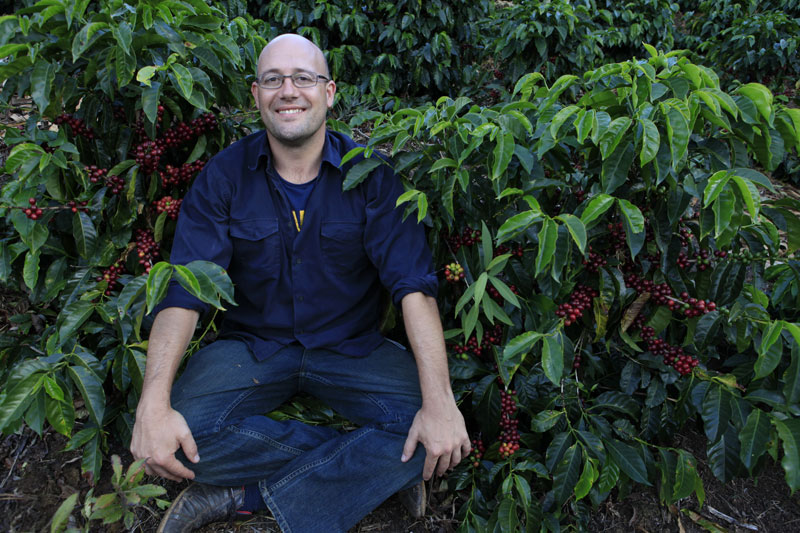
Toby Smith
With many thanks to Toby Smith for his generous time and for showing me around Toby’s Estate HQ.
Photographs 2, 3 and 7 are courtesy of Toby Smith, used with permission.






[…] a double shot Tuesday, Toby’s Estate Founder and Director Toby Smith launched his first book Coffee Trails and the opening of his newest café at 80 Bay St, […]
[…] is from Toby’s Estate and comes served in bowls, à la française, while the sugar sachets are presented in vintage tea […]
Great interview. Such an inspiring story from its humble beginnings to its current expansion. Well done to him!
All #Coffee lovers, heres a CRACKING read from RT @Gourmantic: interview w/ Toby Smith of Toby’s Estate – fb.me/OFGWweBu #Sydney
This comment was originally posted on Twitter.
Ok, you always get the best interviews! All the amazing food gigs & now coffee? Yum yum… In all seriousness, really enjoyed this interview & maybe Mr. Smith can bring some of his coffee sophistication to France – we could use some better brews… plus a few Espresso Martini’s couldn’t hurt either 🙂
Thank Tuula, I’m very privileged that people I approach for interviews give me their time. I’m glad you enjoyed it Toby’s story 🙂
[…] rich and intense, and so very Australian. Adam Boyd, in consultation with the company’s founder, Toby Smith, came in from Sydney, Australia, and built the space on North Sixth Street in 18 months, hiring the […]
[…] rich and intense, and so very Australian. Adam Boyd, in consultation with the company’s founder, Toby Smith, came in from Sydney, Australia, and built the space on North Sixth Street in 18 months, hiring the […]
[…] Master Distiller for Sullivans Cove, pastry chef Merna Taouk and went behind the coffee bean with Toby Smith of Toby’s Estate, an interview which had Gourmantic referenced in a NEW YORK TIMES […]
[…] NY Times By chance, I discovered that the prestigious NY Times had linked to my interview with Toby Smith of Toby’s Estate. There were happy dances around the office. This was soon followed by […]
[…] the official launch, Toby Smith, founder of Toby’s Estate whom we interviewed in 2012, said that “the refurbishment of the […]